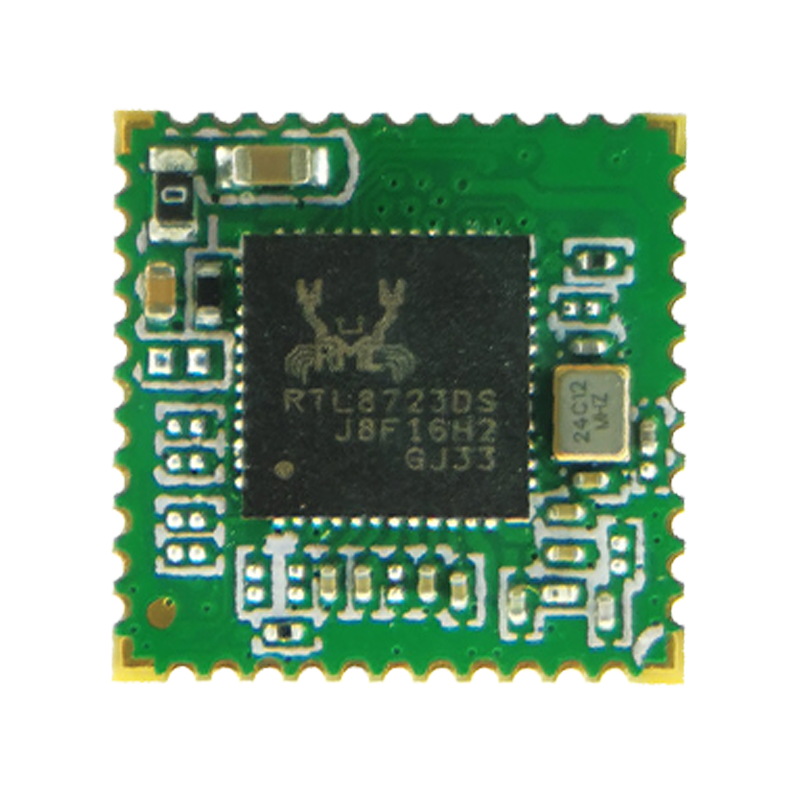Understanding the Basics of WiFi Module Integration is crucial for anyone involved in developing wireless communication systems. Whether you are an electronics engineer, a software developer, or a hobbyist, this article will provide you with comprehensive insights into the process of integrating WiFi modules into your projects.

WiFi modules are compact electronic devices that enable wireless communication over a local network. These modules incorporate a microcontroller, a radio-frequency transceiver, and other necessary components to facilitate seamless WiFi connectivity. They are widely used in various applications, such as IoT devices, home automation systems, industrial automation, and much more.
Choosing the right WiFi module is essential to ensure optimal performance and compatibility with your project requirements. Consider factors such as the module's data transfer rate, frequency range, power consumption, antenna options, and interface compatibility. Additionally, evaluate the module's documentation, community support, and development tools to streamline your integration process.
WiFi modules utilize different interfaces to communicate with external devices. Common interfaces include UART, SPI, I2C, and USB. It is crucial to understand the capabilities and limitations of each interface and choose the most suitable one for your project. Ensure that your microcontroller or development board has the necessary interface pins or adaptors to connect with the WiFi module seamlessly.
Integrating a WiFi module involves both hardware and software aspects. Most WiFi modules come with dedicated software development kits (SDKs) or libraries that simplify the integration process. These SDKs provide APIs for functions like network configuration, authentication, data transmission, and encryption. Familiarize yourself with the SDK documentation and follow the guidelines to incorporate the module's functionality into your project.
Thorough testing is essential to ensure the reliability and stability of your WiFi module integration. Verify the module's connectivity, data transmission, and power consumption under various conditions. Debugging tools like serial monitors, network analyzers, and logic analyzers can help identify and resolve any issues during the integration process. Additionally, consult online forums and communities for guidance if you encounter any challenges.
Integrating WiFi modules into your projects opens up a world of possibilities for wireless communication. By understanding the basics of WiFi module integration, selecting the right module, comprehending the interfaces, integrating the software, and performing thorough testing, you can achieve seamless WiFi connectivity in your applications. Keep exploring, learning, and experimenting to unlock the full potential of WiFi module integration and harness the power of wireless communication technology.
 Trolink Joint With Tuya to Make Iot Benefit Every Family
Trolink Joint With Tuya to Make Iot Benefit Every Family
 5 Key Indicators for WiFi Module Selection You Have to Know !
5 Key Indicators for WiFi Module Selection You Have to Know !
 IOT module is the brain of smart products
IOT module is the brain of smart products
 What is the signal coverage range of the WiFi module chip?
What is the signal coverage range of the WiFi module chip?